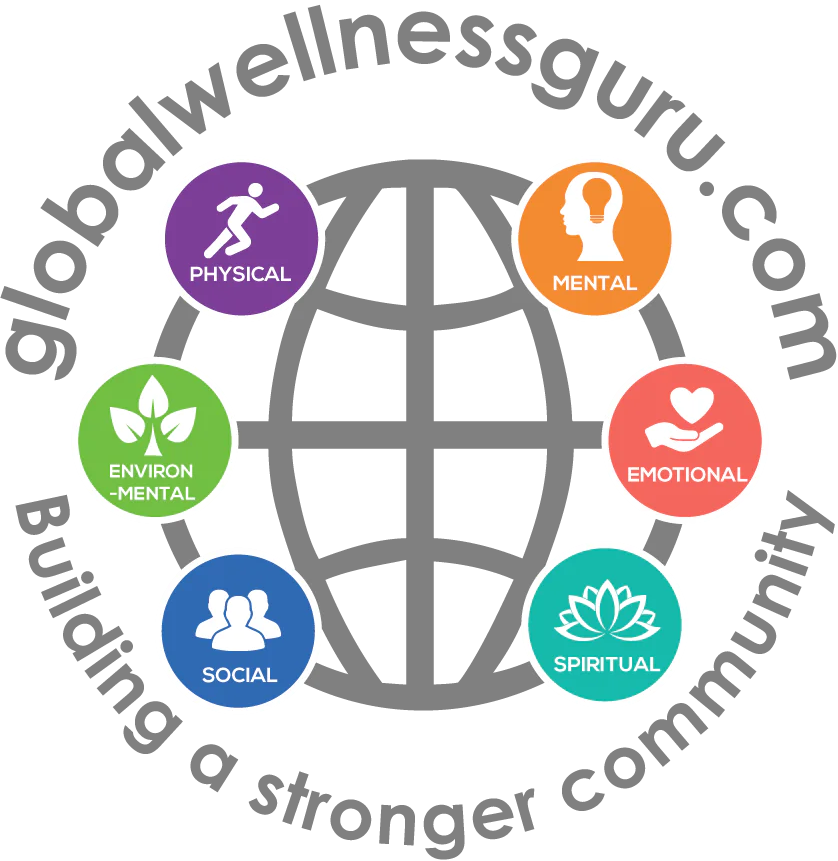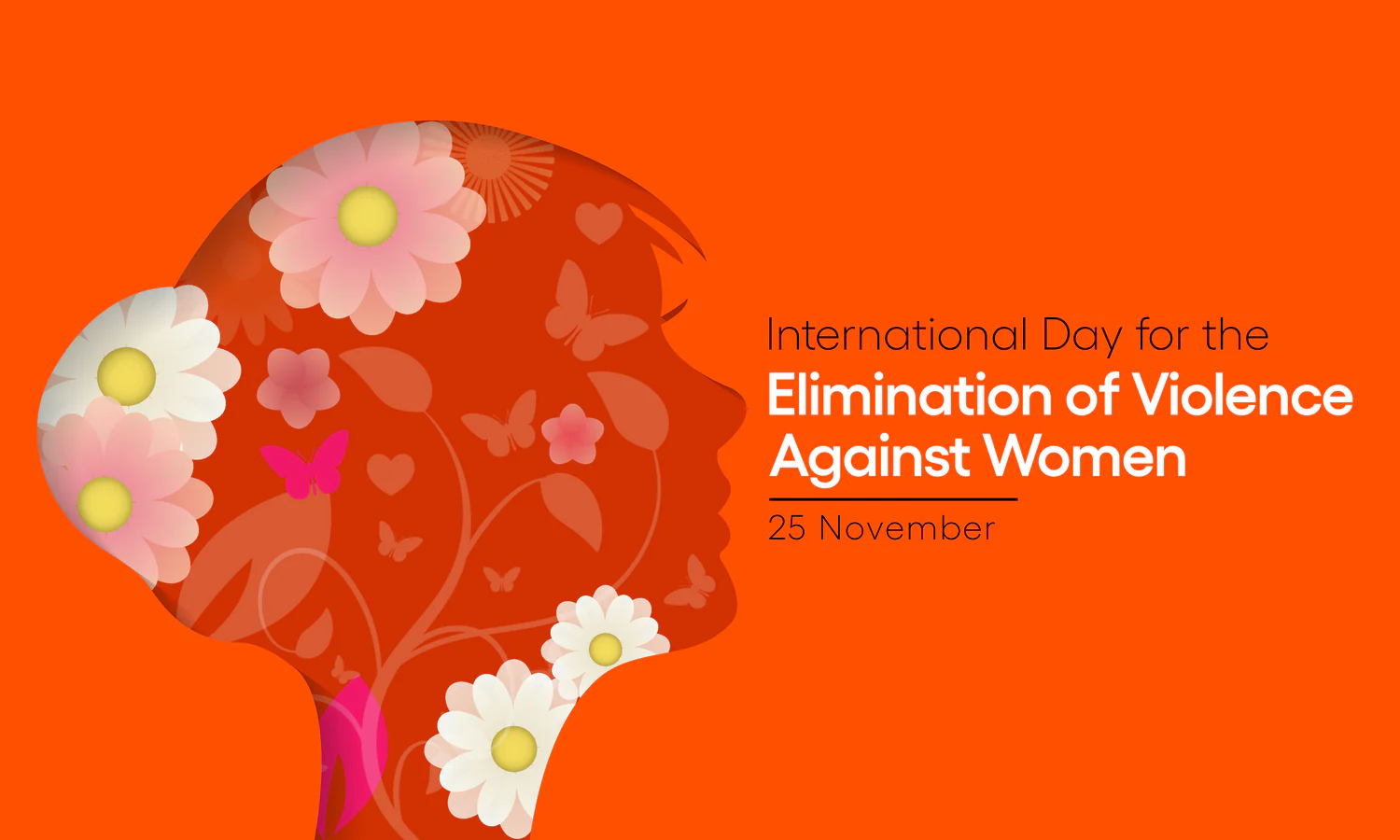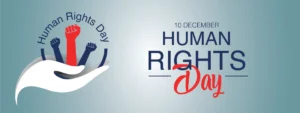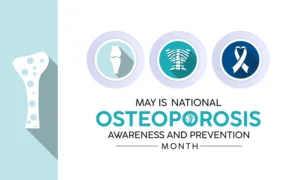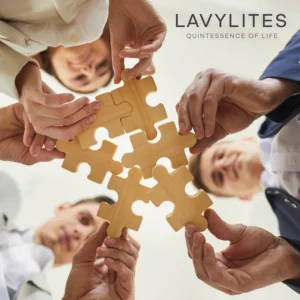International Day for the Elimination of Violence Against Women
November 25th marks the International Day for the Elimination of Violence Against Women, aiming to raise awareness and mobilize action to end violence against women around the world. Sadly, violence against women remains an extensive human rights violation affecting women from all backgrounds.
Forms of violence against women include domestic abuse, sexual assault, stalking, human trafficking, female genital mutilation, child marriage, and more. These violate women’s fundamental human rights, dignity, security, and equality. The impact of violence can be devastating with severe physical, mental, sexual, and reproductive health consequences. In extreme cases, violence leads to death.
The Global Scope of the Issue
At least 1 in 3 women worldwide experience physical or sexual violence in their lifetime, according to WHO estimates[1]. This figure is likely higher as violence often goes unreported due to shame, stigma, or impunity for perpetrators.
Violence disproportionately affects women in low- and lower-middle-income countries as well as marginalized groups of women such as migrants, refugees, and indigenous women[2].
Factors like poverty, limited education and economic opportunities as well as discriminatory laws and norms exacerbate women’s vulnerability. Wars and natural disasters also contribute to increased violence against displaced women.
Intimate partner violence is the most common form of violence experienced by women globally. Current or former partners abuse 27% of women worldwide[1]. Trafficking for sexual exploitation and sexual violence by non-partners is also widespread. Across Africa, Harmful practices include female genital mutilation affecting nearly 140 million girls and women and 130 million child brides annually[3].
The costs of violence against women are substantial, estimated at around $1.5 trillion globally[4]. There are costs to the provision of services, lost employment and productivity, as well as the less quantifiable personal suffering caused. Preventing violence would yield significant social and economic benefits in communities around the world.
Sexual assault is a serious crime that can have devastating physical and psychological effects on survivors.
Why This Issue Requires Urgent Action
Violence against women is a human rights crisis we can and must end through coordinated global action on multiple fronts. Momentum towards this target must dramatically accelerate[5].
Ending impunity for violence by strengthening legislation, justice systems, and support services is crucial. In many countries, laws do not adequately protect women or deter and punish perpetrators. Justice systems often fail or re-traumatize victims.
Quality support services for survivors are limited or non-existent. Reforms and funding in these areas are imperative[5].
Eliminating root causes by transforming discriminatory social norms, attitudes, and behaviors is also vital. Sexist, toxic conceptions of masculinity and rigid gender roles drive violence against women around the world.
These must evolve towards attitudes upholding women’s rights, dignity, equality, and mutual respect. Comprehensive sexuality education and public messaging can foster necessary societal change[5].
The participation of men and boys as agents of change is integral to anti-violence efforts. Violence prevention campaigns led by men, mentoring programs, and support groups for male survivors and perpetrators help construct masculine identities centering on non-violence. Male allies should amplify women’s voices, modeling healthy behaviors.
Multi-sector coordination is essential, integrating anti-violence objectives across health, education, economic policy, media, law enforcement sectors, and more. Government leadership backed by civil society is instrumental in driving large-scale action. Companies and local communities also have important roles in countering violence where it arises in homes, schools, or workplaces.
Sustained political will and funding are imperative to scale efforts and sustain progress. Government budgets and international donor assistance must robustly support quality prevention and response initiatives. Many existing programs are pilot projects or rely heavily on unpaid civil society, especially women’s organizations. More resources would magnify impacts saving countless women’s lives.

Spotlight on Types of Violence
While violence against women is rooted in entrenched gender inequality and stereotyped conceptions of gender roles, some manifestations have additional driving factors worth highlighting[6].
Domestic Violence
Women face the greatest risk of violence from intimate partners. Physical, emotional, sexual, and economic abuse invade the home environment where women should feel safe, secure, and able to reach their full potential[6].
Patriarchal notions of men’s authority over women as well as women’s economic dependence fuel abuse. Financial insecurity limits women’s ability to leave dangerous relationships. Victim-blaming attitudes and privacy concerns often discourage reporting. Lack of legal protections and support services also perpetuate domestic violence cycles.
Transforming attitudes, laws, and women’s economic empowerment opportunities are all required to eliminate domestic violence. Communities can provide shelters, hotlines, and counseling to help abused women. But the shame and blame for domestic violence belong to perpetrators who must change their behaviors and face justice consequences.
Prevention through education and peer influence should start early by teaching boys and girls healthy relationship dynamics rooted in mutual care, respect, and equality[6].
Sexual Violence
Rape and sexual abuse profoundly violate bodily autonomy with severe health impacts like injury, unintended pregnancy and HIV infection. Stigma silences survivors who may face doubt, blame, and further violence for reporting[6]. Impunity for predominantly male perpetrators allows endemic sexual violence to continue destroying lives and undermining gender equality.
Combatting rape culture and toxic masculinity promoting the objectification of women is crucial. Victim-blaming attitudes excuse perpetrators’ actions when drinking, flirting or revealing dress supposedly “provoke” assaults.
But only enthusiastic consent constitutes agreement to sexual activity. Everyone must understand that no always means no along with related concepts like coercive control and unconscious rape.
Better legislation with clear consent definitions and anonymized case tracking can enhance prosecutions. Improved criminal justice processes consider victims’ rights and feedback, ensuring sensitive, respectful treatment and preventing re-traumatization[6].
Restorative justice programs may help victims heal without imposing unsuitable penalties given the perpetrators’ young age in some instances. Ultimately sexual violence prevention through education on consent, empathy, and healthy relationships is imperative.
Female Genital Mutilation
At least 200 million girls and women globally have undergone female genital mutilation with grave immediate complications like excessive bleeding or infection and long-term impacts on sexual and reproductive health[7]. Mothers subject daughters to FGM believing it protects “purity” and marriageability in patriarchal societies valuing female virginity and fidelity[6][7].
Outlawing FGM and transforming associated gender stereotypes are crucial to eliminating this practice. Culturally sensitive education through female survivors and health workers demonstrates FGM’s harms and lack of religious foundation. Alternative rite of passage programs without cutting pressure families to abandon FGM[6].
Supporting women’s education and leadership also challenges notions underpinning FGM. Increased regulation and community vigilance can help enforce bans once cultural mindsets begin shifting.
Human Trafficking
Whether for forced labor or sexual exploitation, human trafficking strips people of dignity and freedom–severe forms of violence against humanity. Women and girls disproportionately fall prey to traffickers deceiving victims with fraudulent job offer only to then violently coerce their continued labor unable to escape[6].
Or orphaned, homeless, or refugee girls encounter traffickers promising security but delivering them to brothel owners for sexual slavery instead.
Poverty and limited education driving migration for economic opportunity fuel trafficking from less developed nations. Gender discrimination in law and customs also disadvantages women regarding safe migration and decent work. Better laws, border control cooperation, labor regulation, and skills training help deter trafficking and prosecute perpetrators.
But preventative early intervention through education, family planning services, and income generation for at-risk girls is imperative to end the supply of potential victims at its source.

It is essential to create a culture that prioritizes respect, empathy, and non-violence in all aspects of life.
Call to Action: How You Can Help
Ending Violence Against Women requires all parts of society to work together for gender equality, mutual understanding, and respect between the sexes. Here are some ways individuals can make a difference[8]:
- Learn about violence against women issues and solutions in your community. Volunteer or donate to a local organization assisting survivors or working on violence prevention education.
- Speak up if you witness concerning attitudes or behaviors among peers that degrade or endanger women. Challenge victim-blaming mentalities and model respect. Mentor younger boys promoting healthy masculinity free from aggression or control over women.
- Advocate for better legal protections and support services for women facing violence. Contact elected officials urging improved policy and funding related to sexual harassment laws, domestic violence shelters, human trafficking prosecutions, or other issues.
- Promote comprehensive, evidence-based education on stopping violence against women and girls. Recommend related programs and training for schools, workplaces, places of worship, and community groups you participate in. Model positive attitudes and behaviors setting an example for others.
We all have a role to play in eliminating violence against women. This International Day, reflect on what actions you can take to promote gender equality and non-violence in your own life and community.
Together, we can build a world where women feel safe, valued, and able to fully contribute towards more just, sustainable, and peaceful societies benefiting all humanity. The time for action is now.
References:
[1] World. “Violence against Women.” Who.int, World Health Organization: WHO, 9 Mar. 2021, www.who.int/news-room/fact-sheets/detail/violence-against-women.
[2] Gender-Based Violence against Girls and Women with Disabilities.
www.oas.org/es/mesecvi/docs/Informe-Violence-Disabilities-eng.pdf.
[3] Hassfurter, Karoline. “Towards Ending Harmful Practices in Africa: A Statistical Overview of Child Marriage and Female Genital Mutilation – UNICEF DATA.” UNICEF DATA, 17 June 2022, data.unicef.org/resources/harmful-practices-in-africa/.
[4] CARE Analysis and Learning from Our Programs COUNTING the COST: The Price Society Pays for Violence against Women REPORT.
www.care-international.org/files/files/Counting_the_costofViolence.pdf.
[5] “Ending Violence against Women and Girls Requires Urgent and Tangible Investments.” UNDP, 2023,
www.undp.org/africa/press-releases/ending-violence-against-women-and-girls-requires-urgent-a nd-tangible-investments.
[6] “Violence against Women and Girls Is One of the World’s Most Prevalent Human Rights Violations, Taking Place Every Day, Many Times Over, in Every Corner of the Globe. It Has Serious Short- and Long-Term Physical, Economic and Psychological Consequences on Women and Girls, Preventing Their Full and Equal Participation in Society.” UN Women – Headquarters, 22 Nov. 2023,
www.unwomen.org/en/what-we-do/ending-violence-against-women/faqs/types-of-violence. [7] “World Bank Blogs.” Worldbank.org, 16 Nov. 2023, blogs.worldbank.org/.
[8] “16 Actions You Can Take to Address Violence against Women.” Nest, 29 Nov. 2017, www.latrobe.edu.au/nest/16-actions-can-take-address-violence-women/.
